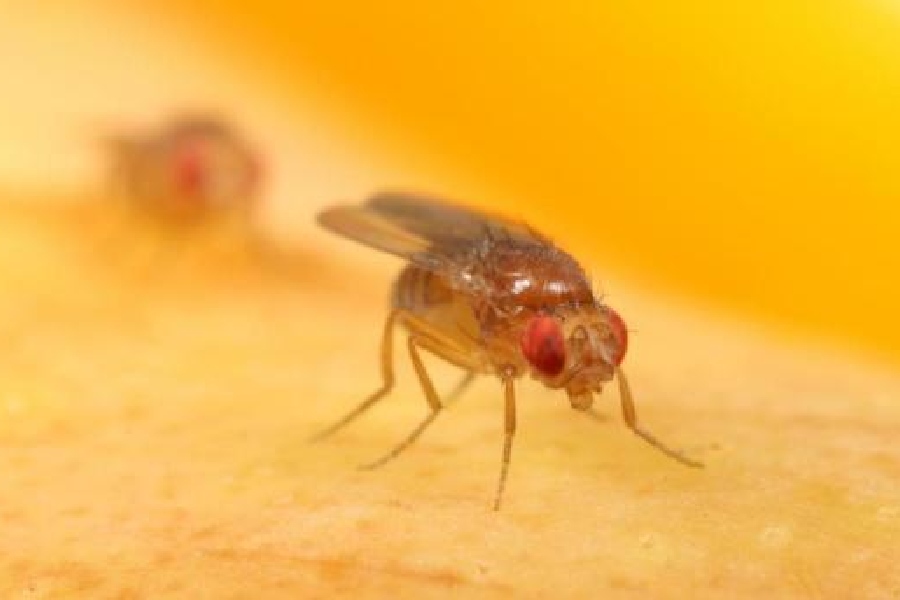Scientists have for the first time built a neuron-by-neuron map of the adult fruit fly brain, an atlas of nearly 140,000 neurons and over 54 million connections between them and a landmark feat in efforts to understand how brains work.
An international research consortium on Wednesday announced through a set of scientific papers the first wiring diagram of the whole brain of an adult fruit fly, reconstructed from 21 million images taken of an adult female fruit fly.
Fruit flies share about 60 per cent of human DNA, or genetic material, and three in four human genetic disorders have a parallel in fruit flies. The fruit fly brain map is expected to help researchers unravel how brain circuits work and control learning, memory, navigation and behaviour.
“This is a major achievement,” Mala Murthy, director of the Princeton Neuroscience Institute in the US and co-leader of the research team, said in a media release from Princeton University. “There is no other full brain connectome for an adult animal of this complexity.”
Murthy and her collaborators have published their papers in the journal Nature.
Scientists had earlier mapped the brain of a nematode worm with 302 neurons and a fruit fly larva with 3,000 neurons. The adult fruit fly brain map is several orders of magnitude more complex with 139,255 neurons and 54.5 million synapses that connect them.
For comparison, mice have 100 million neurons and the human brain has around 86 billion neurons.
“If we want to understand how the brain works, we need a mechanistic understanding of how all neurons fit together and let you think,” said Gregory Jefferis, a neurobiologist at the University of Cambridge in the UK and a co-leader.
“For most brains, we have no idea how these networks function. Now for the fly, we have this complete wiring diagram,” Jefferis said. “Flies walk, navigate, and the males sing to females. Brain wiring diagrams are a key step towards understanding everything we’re interested in —how we control our movement, answer the telephone, or recognise a friend.”
“We hope this will be transformative for neuroscientists trying to better understand how a healthy brain works,” Murthy said. “And in the future, we hope it will be possible to compare what happens when things go wrong in (the) brain, for example in mental health conditions.”
Jefferis said other scientists had already begun to use the database to try and simulate how the fly brain responds to the outside world. “To begin to simulate the brain digitally, we need to know not only the structure of the brain but also how neurons function to turn each other on and off,” he said.
“In many respects, the brain is more powerful than any human-made computer, yet for the most part we still do not understand its underlying logic,” said John Ngai, director of the US National Institutes of Health’s Brain initiative that partially funded the FlyWire consortium.











